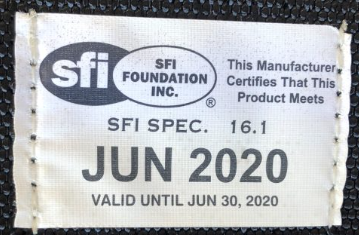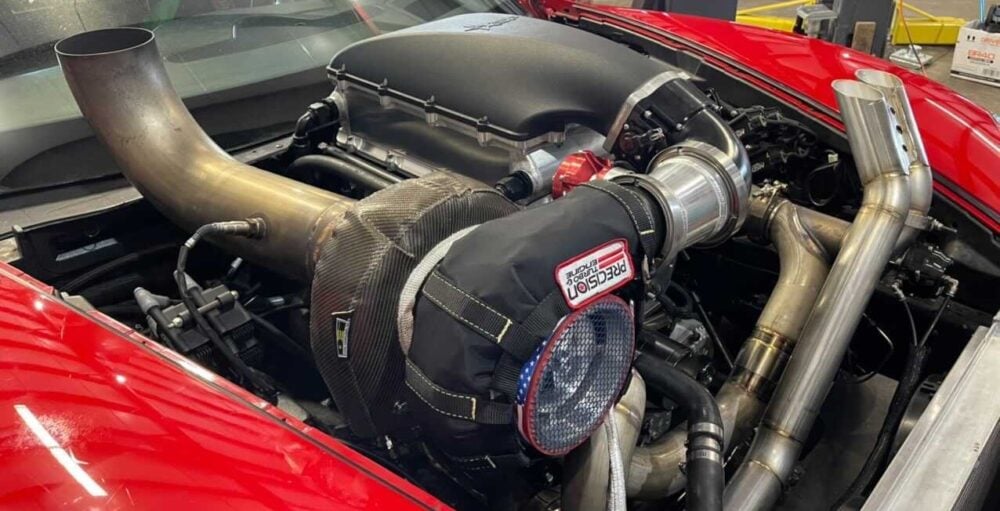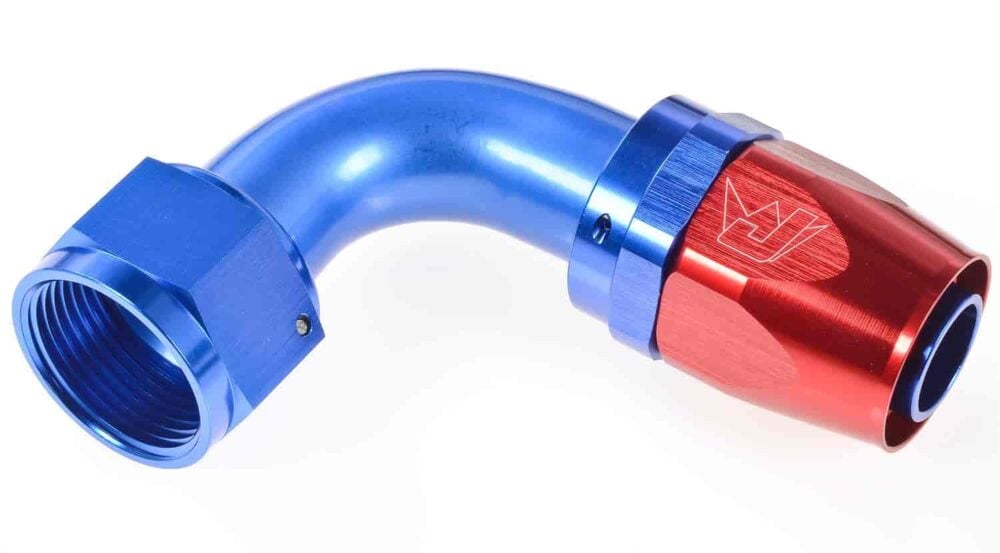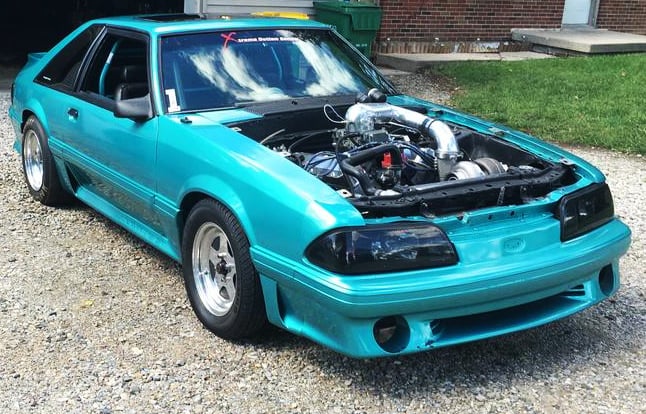
Forced induction or turbocharging has been around for a long time, and there are many different ways to set up a turbo system. One of the common questions at JEGS is: "What's the difference between twin turbos and a single turbo?"
The answer is relatively simple: It depends on how the air is compressed. In a single turbo system, only one turbocharger compresses the air before it enters the engine. This air is then forced into the cylinders, mixing it with fuel and igniting.
A twin turbo engine has two turbochargers that work together to compress the air before entering the engine. There are several twin turbo setups, including compound, sequential, and parallel.
Compound turbochargers are typically used in diesel applications. They use a small turbo to spool up a larger turbocharger. This allows for a quick boost and the ability to make large amounts of power.
Sequential turbochargers are most often seen in racing applications. One turbo is used at lower engine speeds, and a second is used at higher engine speeds. This allows for optimal power and efficiency at all engine speeds.
Parallel turbochargers are the most common type of twin turbo setup. Both spool up simultaneously, compressing the air before it enters the engine. This setup is often used in production cars and street and strip applications.
There are pros and cons to each setup. Single turbo systems are typically more efficient because the exhaust gases travel along a simpler, more direct route.
Twin-turbo systems can make more power because they produce more boost. However, they are typically more complex.
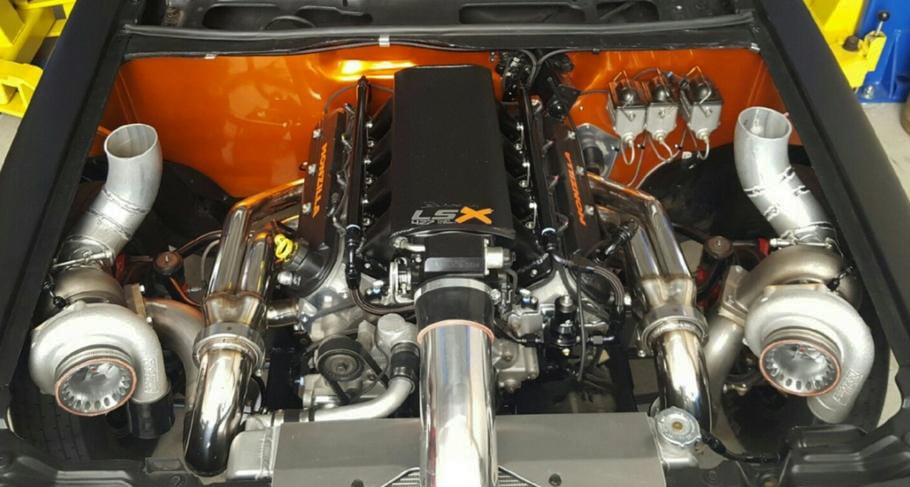
Twin Turbos
Twin turbo setups are commonly found in V-shaped engines, where two turbochargers are mounted on either side or center of the engine block. This provides a more balanced setup and helps evenly distribute the exhaust gases.
There are also sequential twin turbo setups, where one turbocharger is responsible for lower RPM ranges, and the other takes over at higher RPMs. This helps to minimize turbo lag.
As you can see, many different ways to set up a turbo system exist. Each has its advantages and disadvantages. So, when it comes time to choose which route you want, be sure to do your research and ask the experts at JEGS.
Pros
- Reduced lag. Modern twin turbo engines have nearly eliminated turbo lag. This means there is virtually no delay between when you step on the gas and when the turbochargers start providing boost.
- Better fuel economy. Smaller turbochargers spool faster, so they don't have to run at high speeds all the time. This results in better fuel economy.
- Higher power potential. Two turbochargers can provide more boost than a single, larger turbocharger. This means you can potentially make more power with a twin-turbo depending on the setup.
Cons
- More expensive. A twin-turbo system will generally cost more than a single turbo setup, due to the need for additional parts and components.
- Potential reliability issues. Having two turbochargers means there are twice as many potential failure points. This can lead to more frequent repairs and maintenance.
- Not suitable for all applications. Twin turbo setups, compound or sequential, are commonly seen on bigger engines. Anything smaller than 6 cylinders will not benefit from twin turbos.
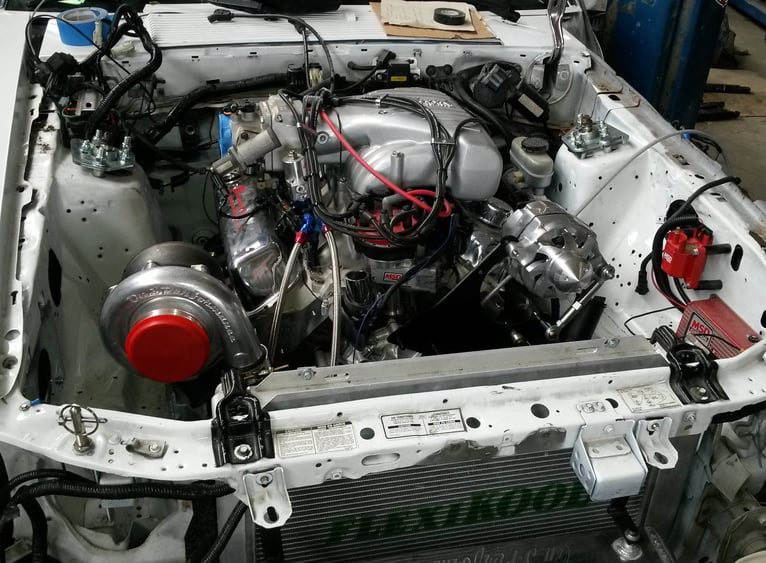
Single Turbo
By far, single turbo setups are the most popular. They are simple, reliable, and provide excellent power and performance.
A single turbocharger is mounted to the exhaust manifold and uses exhaust gases to spin the turbine. This turbine is connected to a compressor, which compresses air and sends it into the engine.
One advantage of a single turbocharger is that it is less expensive than a twin-turbo system. This is because there are fewer parts and components required. Another advantage of a single turbocharger is that it is typically more reliable than a twin-turbo system. No need to worry about synchronizing two turbochargers or dealing with two potential failure points.
Pros
- Reliability. A single turbo setup is a go-to choice for reliability. There are fewer parts and potential failure points.
- Less expensive. A single turbocharger is less expensive than a twin-turbo system, both in maintenance and installation costs.
- Saves space. In some engine bays, space comes at a premium. Opting for a single turbocharger can free up some much-needed space.
Cons
- Lag. One downside of a single turbocharger is that it can experience more lag than a twin-turbo system. The turbocharger has to spool up to a higher speed to produce the same boost.
- Limited powerband. Choosing between good low-end and high-top-end horsepower is a constant battle with a single turbo setup. You can't have both.
- Not effective in all applications. A single turbocharger might not provide the necessary boost if you have a big displacement engine. By the time it spools up, the race is already lost.
What Turbo Setup Is Best?
A turbo setup is a great way to increase power and performance in your engine. But which one is best for you? The answer depends on your individual needs and goals. Twin turbochargers might be the way to go if you're looking for maximum power. A single turbocharger is probably your best bet if you're looking for simplicity and reliability.
Additionally, diesel and gasoline engines will respond differently to twin turbo vs single turbo setups. Upgrading to a twin-turbo if the vehicle came with a single turbo, or vice versa, might not provide the results you're looking for.
When deciding if twin turbos are suitable for your application, it's essential to consider the pros and cons. Weigh out the benefits and drawbacks, and decide what's best for you. The experts at JEGS can help you choose the right turbocharger setup for your needs. Give us a call or visit us online today.

